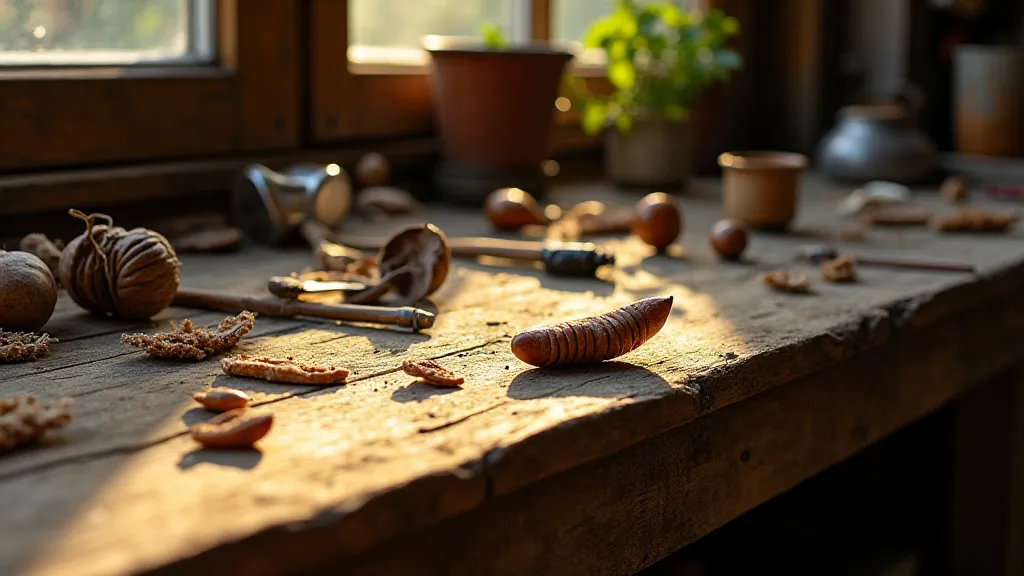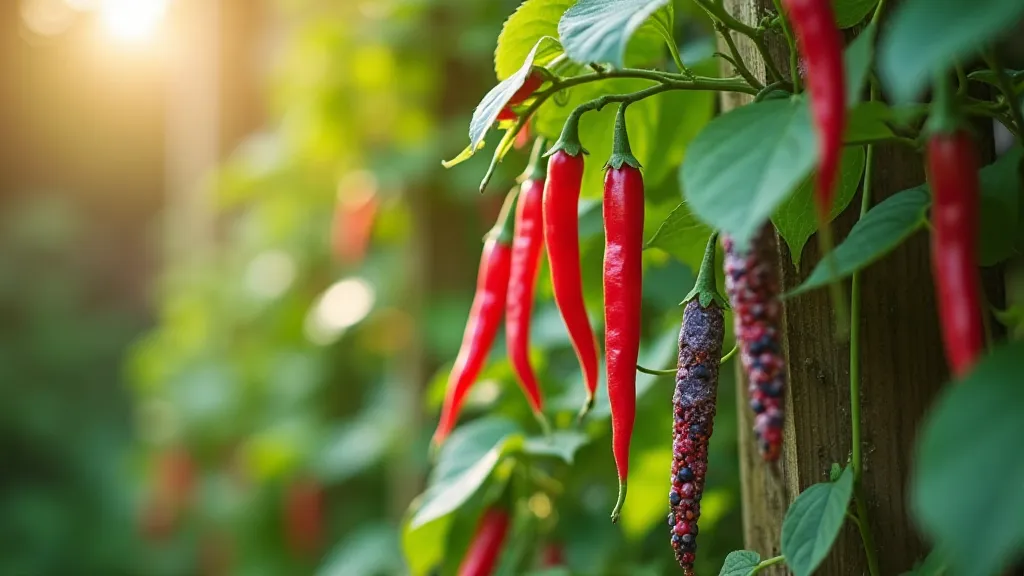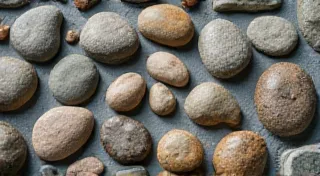The Bean's Alchemy: Transforming Soil and Spirit
There's a quiet magic woven into the act of growing things, a connection to cycles far older than ourselves. It’s a magic I’m particularly drawn to when cultivating heirloom beans. They represent more than just a meal; they’re living links to a past where food wasn’t a commodity, but a legacy. Just as I find solace and wonder meticulously restoring an antique accordion – feeling the craftsman's hand in every key, every bellows – I find a similar reverence in coaxing these ancient varieties from the earth.
Think about the accordion itself. Originally a folk instrument, painstakingly assembled from wood, leather, and metal. A testament to the ingenuity of European artisans, now often silent, waiting for a skilled hand to breathe life back into them. Heirloom beans are much the same. They are the un-modified, time-tested varieties passed down through generations, carrying within them the essence of countless harvests and the memories of those who tended them. They weren’t bred for uniformity, disease resistance in a monoculture, or maximum yield. They were grown for flavor, resilience, and the preservation of local food traditions.

A History Etched in Seed
The story of heirloom beans is as rich and varied as the beans themselves. Imagine the immigrant families arriving on American shores, clutching a small pouch of seeds – scarlet runner beans from the Andean foothills, pinto beans from Mexico, kidney beans from the Mediterranean. These weren't just sustenance; they were cultural anchors, tangible connections to their homelands. These beans found fertile ground, both literally and figuratively, and were adapted over time, passed down, and cherished. We’re talking about varieties like 'Jacob’s Cattle', with its striking mottled pattern; 'Vermont Cranberry', a vibrant pink bean that lends a unique flavor to soups; or the sturdy 'Blue Speckled’ bean, a workhorse in Appalachian kitchens.
Contrast this with modern bean varieties. Many have been bred for high yields and disease resistance, often at the expense of flavor and genetic diversity. While there’s certainly a place for those varieties in our food system, losing the heirloom strains would be akin to silencing a chorus of voices, erasing a vital chapter in our agricultural heritage. It's like losing the soulful, nuanced tones of a vintage accordion and being left with only a synthesizer’s sterile imitation.
The Symbiotic Dance: Soil, Bean, and Spirit
Growing heirloom beans isn't just about planting a seed and waiting. It's about fostering a relationship – with the soil, with the plant, and with the history they represent. Heirloom varieties, having evolved alongside traditional farming practices, are often particularly sensitive to soil health. They demand more than just tilling and watering; they thrive in living soil – teeming with beneficial microbes, rich in organic matter.
This, I’ve found, parallels a profound truth about personal growth. Just as a neglected accordion becomes brittle and loses its voice, a depleted soil loses its vitality. Both require nurturing, care, and an understanding of their intricate workings. Feeding the soil with compost, cover crops, and other organic amendments isn’t just about providing nutrients; it’s about restoring balance, creating a thriving ecosystem.
I’ve learned that the act of tending a garden can be deeply meditative. The repetitive motions of weeding, watering, and harvesting become a form of prayer, a way to connect with the rhythms of nature. There’s a sense of accomplishment and profound gratitude that comes from providing for yourself, from knowing that the food on your table was grown with your own hands.
Bean Growing 101: A Gentle Approach
So, how do you embark on this rewarding journey of growing heirloom beans? Here's a simplified guide:
- Choosing Your Varieties: Start with a few varieties that appeal to you. Consider your local climate and soil conditions.
- Soil Preparation: Amend your soil generously with compost and well-rotted manure.
- Sowing: Direct sow after the last frost. Soak the seeds for a few hours before planting to improve germination.
- Support: Many heirloom beans, particularly runner beans, require support like trellises or poles.
- Watering: Water regularly, especially during dry spells.
- Pest and Disease Control: Practice preventative measures like crop rotation and companion planting.
One of the beauties of heirloom beans is their resilience. They are often more adaptable to local conditions than modern varieties. However, they also benefit from careful observation and attentive care. Learn to read the language of your plants – the curl of a leaf, the color of the soil – and respond accordingly.

Beyond the Harvest: Seeds of the Future
The rewards of growing heirloom beans extend far beyond the delicious harvest. Saving seeds from your best plants is a way to perpetuate these precious varieties, ensuring that they continue to thrive for generations to come. It's a simple act, yet profoundly significant – a way to connect with the past and safeguard the future.
Imagine the stories those seeds could tell – of the families who saved them, the land they flourished on, the meals they nourished. Just as I hold a restored accordion, feeling the echoes of the music it once played, so too can we carry forward the legacy of these incredible beans. It's a cycle of renewal, a testament to the enduring power of nature and the human spirit.
There’s a certain quiet dignity in returning to simpler ways, in embracing the rhythms of the natural world. Growing heirloom beans isn’t just about growing food; it’s about cultivating a deeper connection to our history, to our community, and to ourselves. It's about recognizing that true richness isn’t measured in material possessions, but in the simple pleasures of a life lived in harmony with nature.






